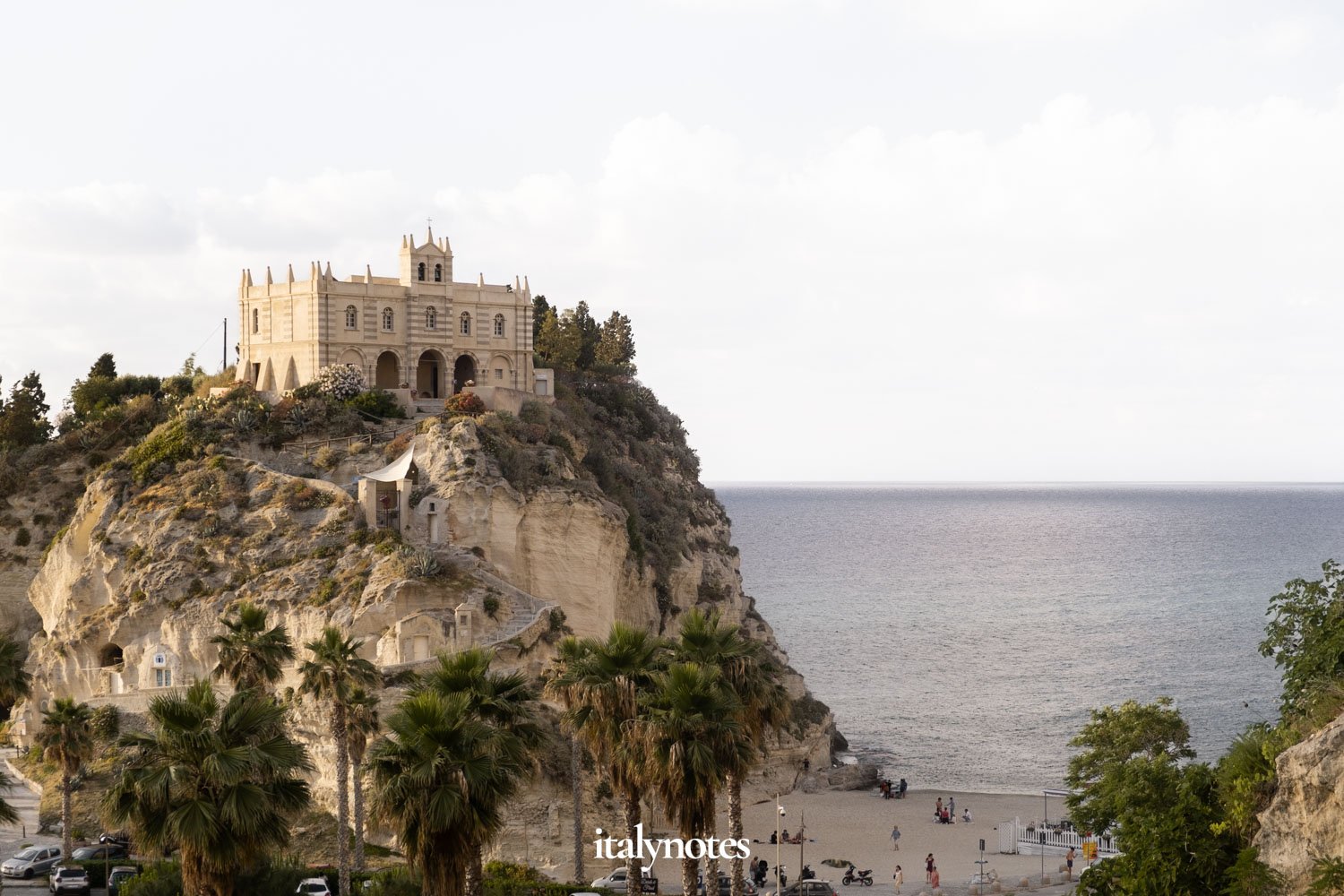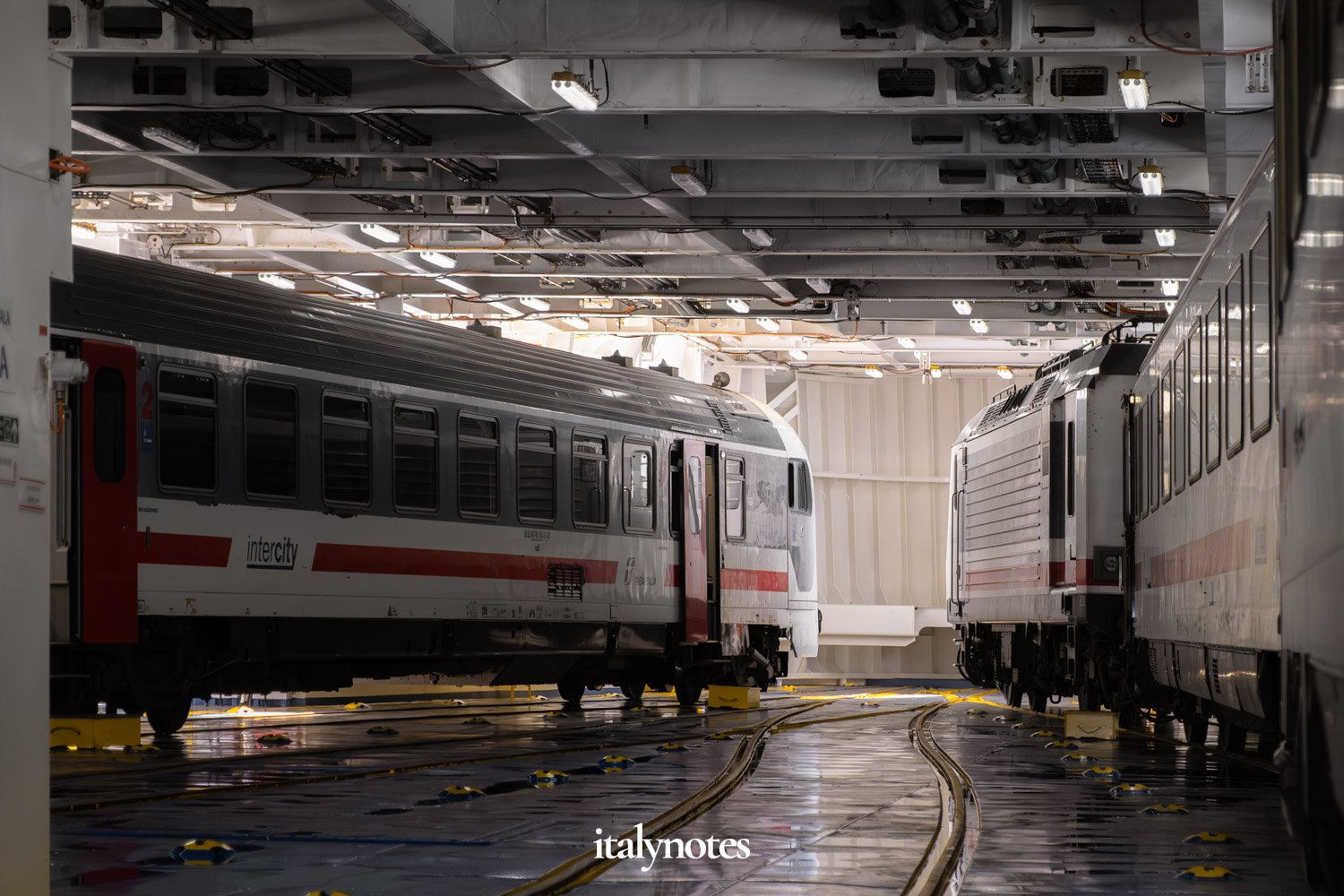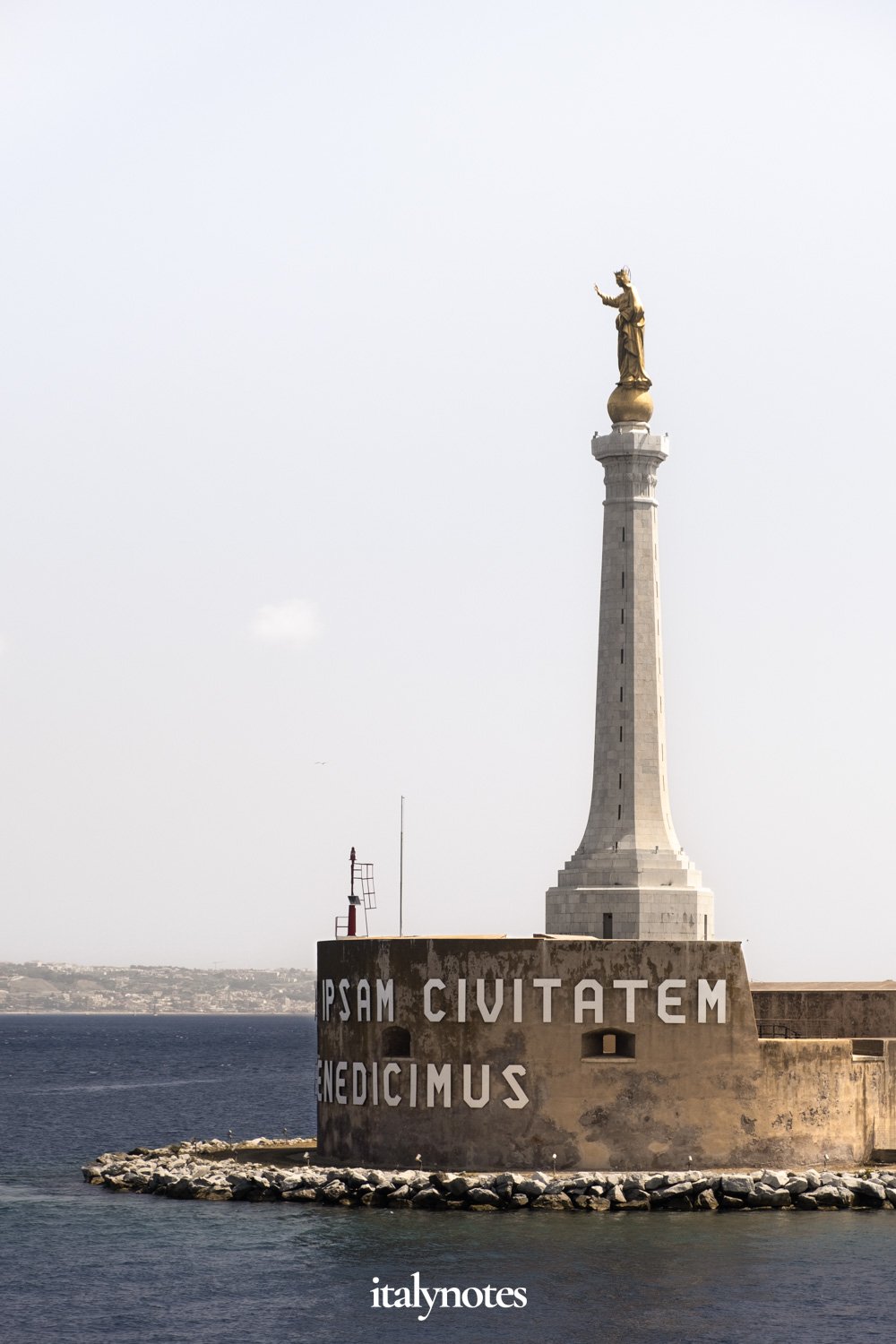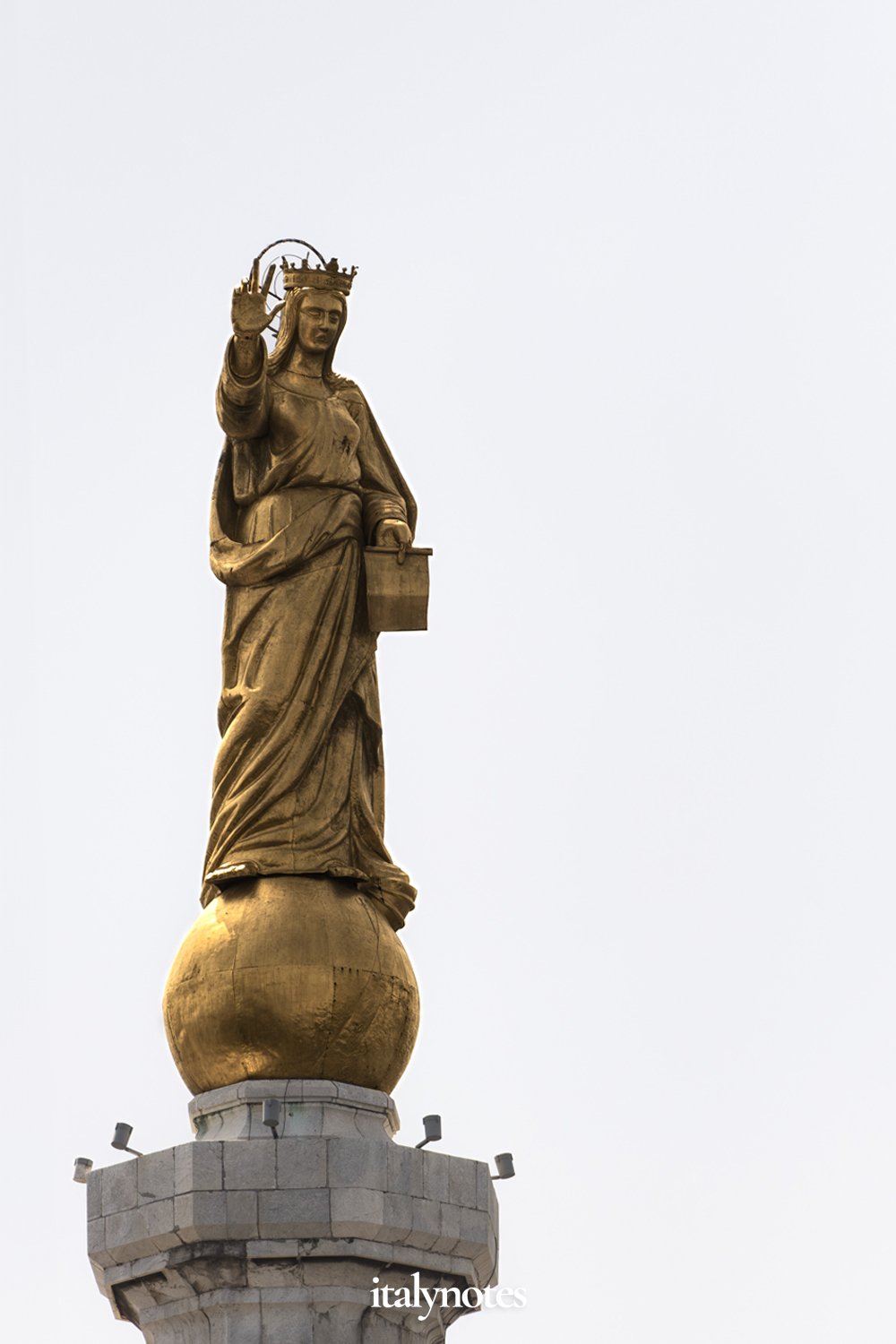Train-ferry from Sicily to Calabria: crossing the Strait of Messina
Last updated: June 2022
Not too long ago, I shared the story of my first trip to Sicily and my experience of taking the overnight ferry from Naples to Palermo. Arriving on the island felt like stepping into a whole new world. The distinctive blend of Arab-Norman architecture in Palermo, the well-preserved Greek temples in Agrigento, and the lava-spewing Mount Etna — these are just some of the highlights that stuck with me.
After two memorable weeks on the island, it was time to head back to Italy's mainland. Next up: the delightful coastal town of Scilla, and Tropea, the Pearl of Calabria. Little did I know that the journey of getting there would be an experience of its own.
Tropea is nicknamed the Pearl of Calabria and is situated along the so-called "Coast of the Gods".
I found a direct train from Taormina to the mainland. Great! But then I asked myself: how do you cross the Strait of Messina by train when there's no bridge or tunnel?
The Strait of Messina is a narrow water section between Sicily's eastern tip and the southern tip of Italy's mainland (Calabria). Due to the region's tectonic fault lines and occasional earth tremors, the Strait of Messina ranks among Europe's most geologically dynamic areas.
Not yet able to understand the forces of nature, the ancient Greeks believed it was the Strait of Messina where the two sea monsters Charybdis and Scylla lived.
Charybdis swallowed large amounts of water and then spewed them out forcefully, creating giant whirlpools that destroyed passing ships. Meanwhile, Scylla was a six-headed monster who, when ships passed, swallowed one sailor for each head. Positioned on opposing sides of the narrow water channel, sailors faced a challenging dilemma – attempting to evade Scylla inevitably led them into the grasp of Charybdis and vice versa. In 'The Odyssey,' Homer eloquently narrates the encounter between the sea-wanderer Odysseus and the two monsters.
"Then we entered the Straits in great fear of mind, for on the one hand was Scylla, and on the other was dread Charybdis kept sucking up salt water. We could see the bottom of the whirlpool all black with sand and mud, and the men were at their wit's end of fear. While we were taken up with this and were expecting each moment to be our last, Scylla pounced down suddenly upon us and snatched up my six best men."
In Scilla, the legendary home of the sea monster Scylla, I found this small artwork illustrating the story of Odysseus and the Sirens. His crew fastened him to the ship's mast, allowing him to hear the Sirens' song while preventing him from diving into the sea and drowning.
Even in modern times, the tumultuous region poses a challenge. The presence of tectonic fault lines and periodic earth tremors makes it nearly impractical to construct a bridge with pillars anchored on the seabed. A suspension bridge seems to be the only feasible solution. However, the substantial costs associated with such a project have led to the cancellation, reconsideration, and subsequent cancellation of multiple projects.
So, without a bridge, how to cross the Strait of Messina by train? Well, of course! By shunting the train onto a ferry! I doubt whether this is the most efficient means of transport, but it certainly adds a touch of spectacle beyond the ordinary train or boat ride.
Once the train is loaded onto the ferry, passengers can exit the train and make their way to the upper deck.
After a short stop at Messina Centrale, the train is split into two parts and rolled onto the ferry. The whole process takes quite a while, and trains on this route often run late. Based on my own experiences, an hour's delay is pretty common. So keep that in mind if you plan to catch any connecting trains.
Once the train is on the ferry, passengers can exit and enter the ferry's upper deck. Here, you'll have a splendid view of the 7-meter-tall golden statue watching over the port.
The statue portrays the Madonna della Lettera or Madonna of the Letter. The inscription on the statue's base reads: "Vos et ipsam cictatem benedicimus," translating to "We bless you and the city." According to belief, the Virgin Mary conveyed this message in a letter to the people of Messina when they embraced Christianity in 42 AD, following a visit from the apostle Paul.
View of the 7-meter-tall golden statue of Madonna della Lettera.
After leaving the port of Messina behind, the journey across the water to Villa San Giovanni in Calabria takes about 30 minutes. Upon reaching Villa San Giovanni, the entire process of disembarking the train unfolds once again.
Ferries stationed in the port of Messina, prepared to set sail for Calabria.











